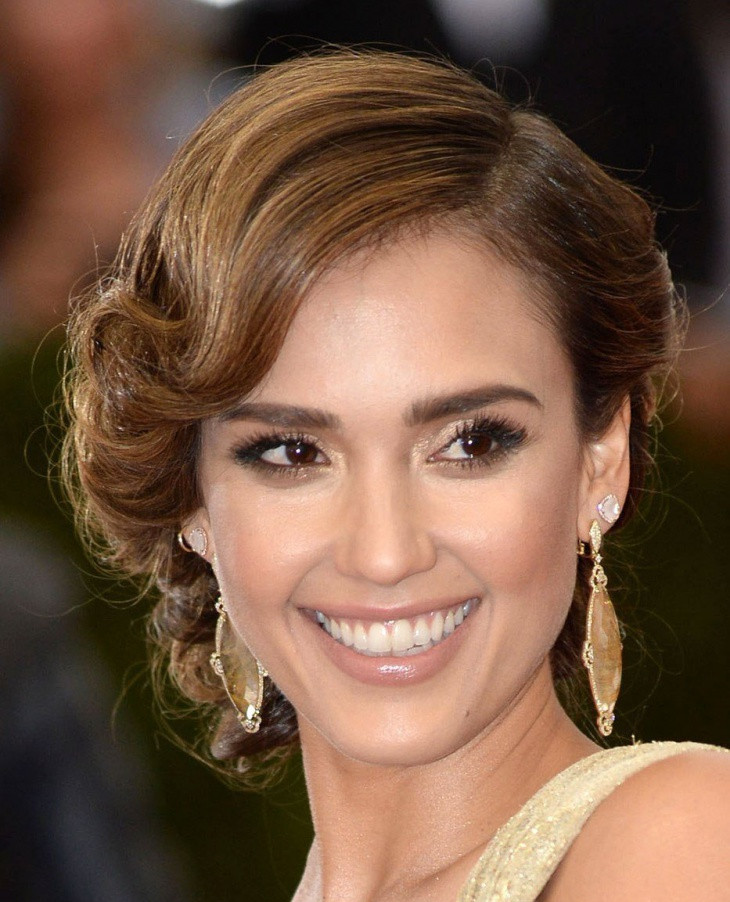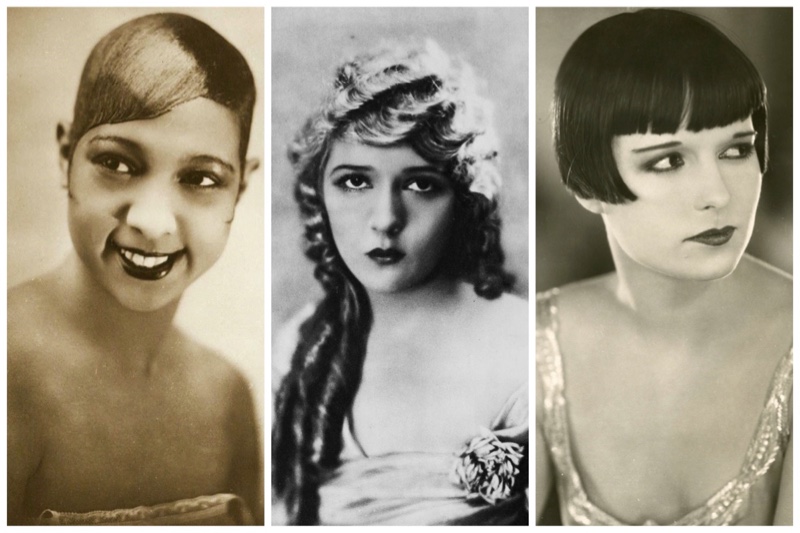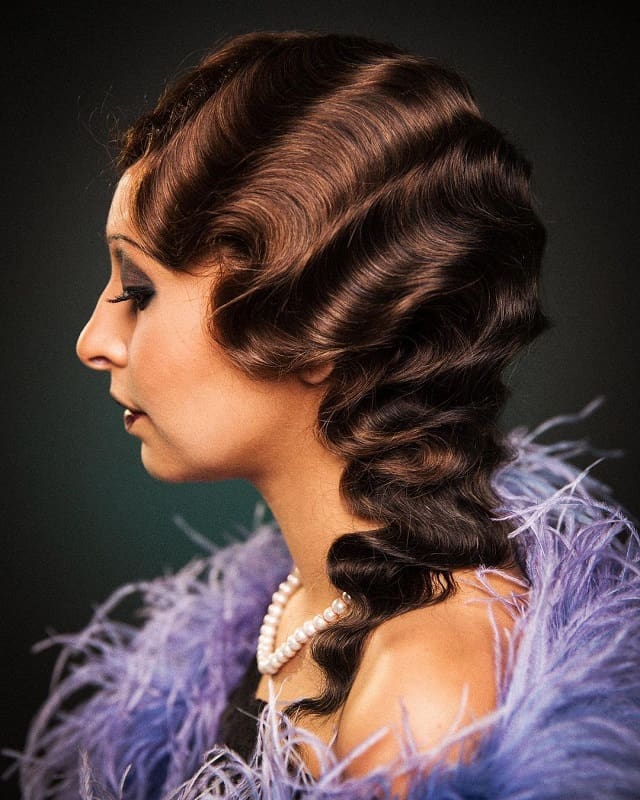From Flapper Waves to Futuristic Fringes: A Century of Coiffure Evolution (Twenties-2025)
Associated Articles: From Flapper Waves to Futuristic Fringes: A Century of Coiffure Evolution (Twenties-2025)
Introduction
With nice pleasure, we’ll discover the intriguing subject associated to From Flapper Waves to Futuristic Fringes: A Century of Coiffure Evolution (Twenties-2025). Let’s weave attention-grabbing info and supply contemporary views to the readers.
Desk of Content material
From Flapper Waves to Futuristic Fringes: A Century of Coiffure Evolution (Twenties-2025)

The twentieth and twenty first centuries have witnessed a wide ranging evolution in hairstyles, reflecting societal shifts, technological developments, and ever-changing aesthetic preferences. From the rebellious bobs of the roaring twenties to the possibly bio-engineered types of a hypothetical 2025, this journey by a century of hair reveals an interesting tapestry of cultural expression.
The Roaring Twenties (Twenties): Liberation and the Bob
The Twenties ushered in an period of unprecedented social change, and hairstyles mirrored this liberation. Ladies, empowered by suffrage actions and newfound freedoms, shed their lengthy, elaborate Victorian-era hairstyles in favor of shorter, extra manageable cuts. The enduring bob, a chin-length fashion usually styled in finger waves, turned a logo of the flapper woman – a younger, unbiased girl who danced the Charleston and challenged societal norms. These waves, created utilizing combs and setting lotion, added a contact of glamour and class, completely complementing the dropped waistlines and beaded clothes of the period. Equipment like headbands, usually adorned with feathers or jewels, added additional aptitude. Males’s hairstyles, whereas much less dramatically altered, noticed a shift in direction of slicked-back types and shorter, neatly groomed cuts, reflecting a extra streamlined aesthetic.
The Glamour of the Golden Age (Thirties-Nineteen Forties): Waves and Victory Rolls
The Thirties and 40s noticed a return to longer hair, although nonetheless styled with a way of magnificence and class. Delicate waves, usually achieved by scorching rollers or cautious setting, characterised the last decade. Hollywood glamour considerably influenced hairstyles, with actresses like Jean Harlow and Veronica Lake setting traits with their voluminous curls and signature types. The "finger wave" endured, albeit in additional refined variations. World Struggle II led to practicality and ease, resulting in hairstyles that have been simpler to handle and keep. The "victory roll," a rolled part of hair usually positioned close to the brow, turned a patriotic image and a preferred fashion alternative. Males’s hairstyles remained comparatively conservative, with neatly parted hair and aspect components being the norm.
The Rebellious 50s and 60s: Quantity, Texture, and the Rise of the Beehive
The post-war period noticed a resurgence of femininity, with hairstyles turning into more and more voluminous and elaborate. The Fifties celebrated massive hair, with types just like the bouffant and beehive dominating the scene. Backcombing and hairspray have been important instruments for reaching this voluminous look, which completely complemented the complete skirts and cinched waists of the period. The Nineteen Sixties introduced a wave of revolt, with types turning into extra numerous and reflecting the altering social panorama. The smooth, straight bob made a comeback, usually paired with a fringe. The enduring "pageboy" minimize turned common, as did voluminous, teased types. Males’s hairstyles started to diversify, with longer hair turning into extra acceptable, significantly amongst youthful generations.
The 70s and 80s: Disco Fever and Massive Hair Extravaganza
The Seventies embraced a extra pure and free-flowing aesthetic. Lengthy, layered hairstyles turned common, usually styled with a middle half and unfastened waves. Afro hairstyles gained prominence, celebrating pure hair texture and embracing cultural id. The disco period of the late 70s introduced again massive hair, however with a extra glamorous and stylized method. The Eighties took massive hair to the intense, with teased, layered types reaching unprecedented heights. Mullets, teased bangs, and crimped hair have been all the fad, reflecting a decade of extra and daring self-expression. Males’s hairstyles mirrored this development, with voluminous types and even longer hair turning into extra mainstream.
The 90s and 2000s: Grunge, Sleekness, and the Rise of Individuality
The Nineteen Nineties witnessed a shift in direction of a extra relaxed and grunge-inspired aesthetic. Unkempt, layered types, usually paired with uneven bangs, turned common. The "Rachel" haircut, impressed by Jennifer Aniston’s character in Associates, turned a cultural phenomenon. The early 2000s noticed a return to smooth, straight types, usually achieved with flat irons. Highlights and lowlights turned more and more common, including dimension and depth to hair. The rise of actuality tv additionally influenced hairstyles, with a larger emphasis on individuality and private expression.
The 2010s and Past: The Age of Experimentation and Inclusivity
The 2010s and past have been characterised by a exceptional degree of variety and experimentation in hairstyles. Braids, updos, and complex styling methods have turn out to be more and more common. Pure hair textures are celebrated, with types like afros, twists, and locs gaining widespread acceptance. The main target has shifted from reaching a single "ideally suited" look to embracing particular person preferences and expressing private id. Expertise has additionally performed a big function, with instruments like hair dryers, straighteners, and curling irons turning into more and more subtle. Hair extensions and wigs supply a variety of styling choices, permitting for larger creativity and adaptability.
A Glimpse into the Future: Hairstyles in 2025 (Speculative)
Predicting hairstyles in 2025 requires a level of hypothesis, however a number of traits recommend potential instructions. Bio-engineered hair remedies, permitting for customizable colour, texture, and even size, may turn out to be commonplace. Digital actuality and augmented actuality applied sciences may affect coiffure selections, permitting people to "attempt on" totally different types earlier than committing to a change. Sustainability will seemingly play a bigger function, with eco-friendly hair merchandise and practices turning into extra prevalent. Customized hair care routines, tailor-made to particular person hair sorts and wishes by AI-powered evaluation, may turn out to be the norm. We would see an extra embrace of pure textures and a rejection of overly processed types, with an emphasis on wholesome hair and sustainable practices. The road between human hair and technologically enhanced hair may blur, resulting in types which might be each fantastical and purposeful. Even perhaps bioluminescent hair, subtly glowing at midnight, may turn out to be a futuristic vogue assertion.
Conclusion:
The evolution of hairstyles over the previous century and into the long run displays an interesting interaction between societal change, technological development, and particular person expression. From the easy bobs of the Twenties to the possibly transformative applied sciences of 2025, hairstyles proceed to function highly effective instruments for self-expression, reflecting our cultural values and aspirations. The journey is way from over, and the way forward for hair guarantees to be as thrilling and modern because the previous. The one fixed stays: the human need to adorn and specific oneself by the artistry of hair.








Closure
Thus, we hope this text has offered helpful insights into From Flapper Waves to Futuristic Fringes: A Century of Coiffure Evolution (Twenties-2025). We recognize your consideration to our article. See you in our subsequent article!